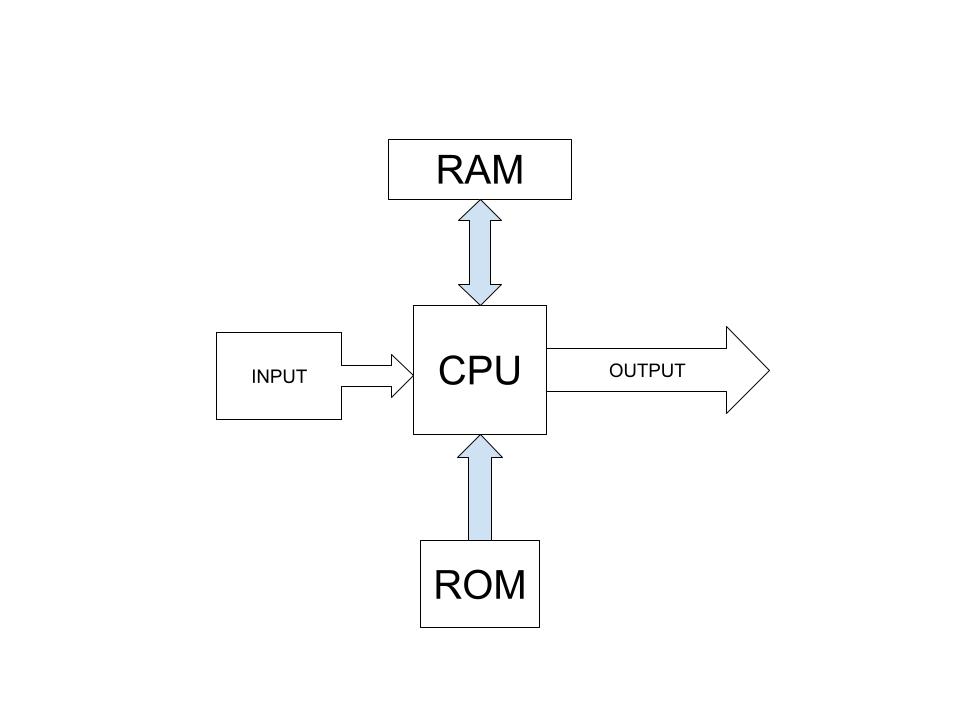To understand how memory works we need to discuss the topic on a hardware scale. RAM for instance is made of many small components called “Flip-Flops”. A Flip Flop (FF) is basically a single bit memory unit and can store a single bit (‘0’ or ‘1’). Eight of them together make an 8-bit register that stores one byte of data. From here onward, millions upon millions of these are used to build the computer’s entire RAM. So if your PC has 8GB of memory, can you calculate how many FFs are there? It is 68,719,476,736. 8 Gigabytes are 8,192 Megabytes, that is 8,388,608 Kilobytes, that is 8,589,934,592 Bytes.
A single FF is made of a few logic gates, which are able to perform basic logic tasks like “OR”, “AND”, “NOT”, and so on.








